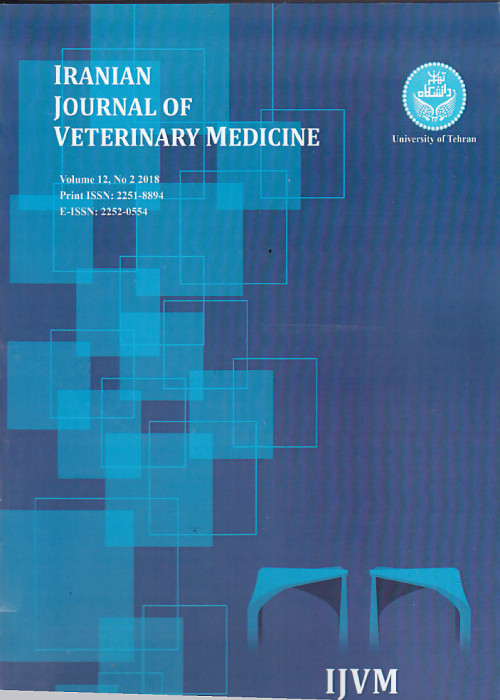Evaluation of the Hairballs in the Gastrointestinal Tract and Urinary Stones in Razi Institute Laboratory Rabbits
Usually, the daily self-grooming by rabbits leads to fur accumulation in the animal’s stomach. Since rabbit hair is looser than other animals and constantly licks their body, the fur can be pulled out easily. On the other hand, rabbits are susceptible to urinary stone formation.
This study was designed to investigate the presence of hairballs and urinary stones in Razi Institute Laboratory rabbits.
During the 1 year, the albino Dutch laboratory rabbit colony, in research, breeding, and production of the Laboratory Animals Department of Razi Institute, including 106 males, 287 females, and 166 kittens, were monitored. After the necropsy of the selected animals, the gastrointestinal tract (stomach and intestines) were examined for the presence of hair and hairballs. Then the urinary system (kidneys, ureter, urinary bladder, and urethra) was examined for any urinary stones.
No symptoms of anorexia, lethargy, abdominal pain, weight loss, decrease and abnormal stools were observed in them, and also no mortality occurred in the whole colony. All samples’ stomach was full, indicating enough eating. No gas or congested spots, or hemorrhage were observed in the intestines. The amount and consistency of stool in the intestines were normal. In none of the samples, hairballs were observed, but in most rabbits’ stomachs (both sexes), a small amount of hair was observed in the stomach contents. Also, no symptoms of urinary stones were observed in the colony of the studied rabbits.
Balanced diet, supply of nutritional requirements, and the absence of any stressors in breeding environments have played a key role and prevented many diseases, such as hairballs and urinary stones. No observation of urinary stones in this study could lead to the hypothesis that infection with the bacteria that cause urinary stones in the studied rabbits was eliminated or non-pathogenic, indicating specific pathogen-free animals. However, bacterial and other infectious agent monitoring should be specialized.
- حق عضویت دریافتی صرف حمایت از نشریات عضو و نگهداری، تکمیل و توسعه مگیران میشود.
- پرداخت حق اشتراک و دانلود مقالات اجازه بازنشر آن در سایر رسانههای چاپی و دیجیتال را به کاربر نمیدهد.


